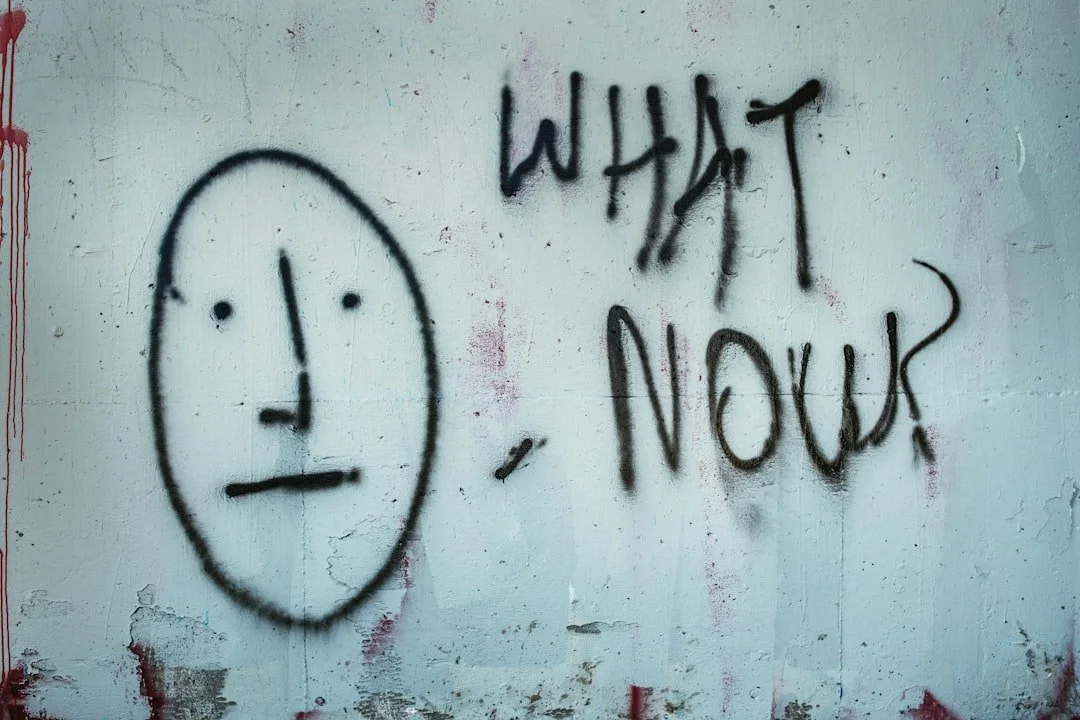Sequence Design: How to Build Pressure That Actually Turns the Story
How to structure narrative arcs that escalate, modulate, and transform—without drifting or stalling.
Why You’re Stuck Plotting Scenes that Don’t Add Up
Most writers don’t struggle to write scenes. They struggle to write chains of scenes that go somewhere. They chase plot points. They sketch outlines. They add dialogue, then delete it, then add it back with italics. But the real issue isn’t craft at the sentence level. It’s structure at the sequence level.
Scenes are not enough. A story made of disconnected scenes—even beautiful ones—doesn’t move. It jitters. Or it collapses. What holds it together is something most writers have never been taught to look for: the sequence.
This lesson breaks down what a sequence actually is, why your story probably doesn’t have one, and how to design sequences that escalate pressure, modulate tension, and end in turns that change what the story even is.
What a Sequence Actually Is
A sequence is a connected set of 2–5 scenes and/or sequels that together form a meaningful structural transformation. A sequence takes your character from one state to another under pressure—emotionally, morally, relationally, or plot-wise.
Sequences are where character arcs bend. Where goals crack. Where motives shift or fail. Think of them as structural paragraphs in the larger architecture of your novel or short story. You don’t build a story with scenes. You build it with sequences.
The Sequence Spine: Goal → Conflict → Escalation → Turn
All valid sequences follow a consistent structural spine:
Goal – What is the larger pursuit that frames this entire arc?
Conflict – What pressures push back—externally, emotionally, relationally?
Escalation – How does the pressure increase? How does failure compound?
Turn – What irreversible shift ends the sequence?
The turn is the reason the sequence exists. Without it, you're not writing a sequence. You’re writing a flat stretch of time.
The Sequence Isn’t Just Action—It’s Modulation
Sequences aren’t just strings of events. They integrate both scenes and sequels—external action and internal processing. This is how you build rhythm or what most people call pacing. A properly modulated sequence might look like this:
Scene → Sequel → Scene → Escalation → Sequel/Turn
This structure is flexible, but the rhythm matters. Escalation has to increase. Internal shifts have to accumulate. And the ending has to pivot the story onto a new rail.
If you can cut the entire sequence and nothing about the story’s direction changes, you didn’t design a sequence. You described a detour.
The Six Structural Turns That End a Sequence
Every valid sequence ends in a turn—a beat that reorients the story’s motion. Your scene may escalate beautifully, but without a structural pivot, it won’t land.
Here are the six most common types of sequence turns:
Yes! But… – The character succeeds, but destabilizes their situation
No! And Furthermore… – The character fails, and things worsen dramatically
Reversal – A relationship, strategy, or understanding flips
Moral Shift – A line is crossed, a value is violated or embraced
Reveal – A secret, truth, or pressure is exposed
Decision – The character chooses a new course under duress
These aren’t formulas. They’re functional pivots that create the tension that results in real consequences for your characters and their stories.
Case Study: The Hurt Locker – Bomb Tech Sequence
Goal: Defuse an IED without casualties
Conflict: Uncertainty about the device, pressure from insurgents, escalating chaos
Escalation: More wires. More confusion. More tension from bystanders and the team
Turn (Moral Shift): The protagonist disables the bomb but does it recklessly, violating team safety protocols. It’s a success that fractures trust and reveals character—he’s not brave, he’s addicted to danger and chaos.
Why it works: The sequence builds tension externally (bomb threat), internally (psychological cost), and relationally (team rupture). It doesn’t just end with an escalation, it escalates into a character shift.
When Your Sequence Isn’t Working
If your story feels aimless, the problem is probably here. Diagnose:
No Clear Goal: The character is just existing, not pursuing
No Escalation: The scenes repeat or plateau
No Internal Modulation: The POV doesn’t evolve
No Turn: Nothing changes. No pivot. No new pursuit
You don’t need more plot. You need structure that escalates.
Why This Mastery Matters
Strong sequences make stories inevitable. They don’t just move the plot forward—they force it forward. When a sequence is built correctly, the character can’t go back. The reader doesn’t ask, “What happens next?” They ask, “What happens now that everything is different?”
That’s the difference between momentum and drift.
Form, Not Formula
This is what story architecture looks like. A character wants something. The story pushes back. Tension escalates. And then—turn. Not because you planned a twist. But because you designed a structure that forced it.
You don’t need more clever beats. You need real structural consequences. And that starts here—with the sequence spine.
Goal → Conflict → Escalation → Turn.
Once you see it, you’ll know what your story was missing. And once you design it, your scenes stop floating—and start building.
Want to build sequences that escalate cleanly and turn?
Download the Sequence Development Guide for step-by-step structure breakdowns, modulation strategies, and real examples that don’t stall.


